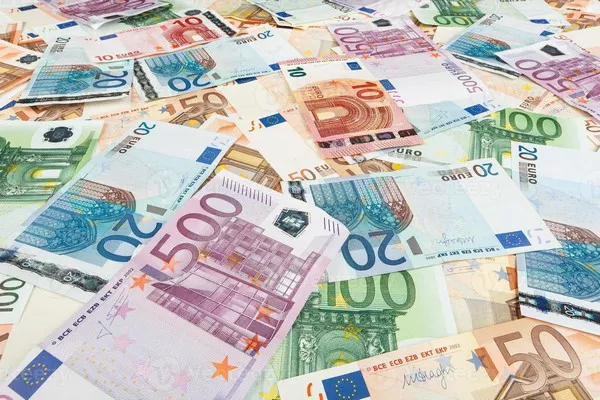In the dynamic world of global finance, currency exchange rates play a pivotal role in shaping economic decisions. Investors, businesses, and individuals constantly monitor these rates to make informed choices about when to buy or sell currencies. For those holding euros and contemplating a transition to dollars, the question arises: Is now a good time to make this currency exchange? In this article, we will explore the factors influencing the Euro-to-Dollar exchange rate and analyze whether the current economic climate favors such a move.
Macroeconomic Factors
One of the primary factors influencing currency exchange rates is the macroeconomic environment of the respective countries. In the case of the Eurozone and the United States, assessing key economic indicators can provide insights into the relative strength of their economies.
The United States, being a major global economic player, is often influenced by factors such as GDP growth, employment rates, and inflation. In recent years, the U.S. has witnessed robust economic growth, low unemployment, and moderate inflation. These factors have generally contributed to a strong U.S. dollar.
On the other hand, the Eurozone, comprising multiple countries with diverse economic conditions, faces challenges such as varying growth rates and fiscal policies. Economic uncertainty within the Eurozone can lead to fluctuations in the euro’s value against other currencies, including the U.S. dollar.
Interest Rates and Monetary Policy
Central banks play a crucial role in shaping currency values through their control over interest rates and monetary policy. Differences in interest rates between the Eurozone and the United States can significantly impact the Euro-to-Dollar exchange rate.
Historically, higher interest rates in a country attract foreign capital, driving up the value of its currency. As of now, the U.S. Federal Reserve has signaled a more hawkish stance, indicating a possible increase in interest rates. This potential divergence in monetary policies could favor the U.S. dollar, making it an opportune time for those holding euros to consider exchanging for dollars.
Geopolitical Factors
Geopolitical events and uncertainties can exert considerable influence on currency exchange rates. Trade tensions, political instability, or global economic crises can lead to heightened market volatility, impacting the value of both the euro and the U.S. dollar.
As of the current analysis, the geopolitical landscape appears relatively stable, with efforts to resolve trade disputes and global economic cooperation. However, it is essential to monitor international relations, as unexpected geopolitical events can swiftly change market dynamics.
Pandemic Impact
The global COVID-19 pandemic has had profound effects on economies worldwide, and its aftermath continues to shape currency markets. The Eurozone faced challenges related to varying vaccination rates, lockdowns, and economic disruptions. The U.S., while not immune to the pandemic’s impact, demonstrated resilience with swift policy responses and effective vaccination campaigns.
As economies recover, investors may view the U.S. as a more stable and attractive destination, potentially strengthening the U.S. dollar. Assessing the ongoing impact of the pandemic and its implications for currency values is crucial for those considering a currency exchange.
See Also Why Euro Price Is Falling?
Technical Analysis
Beyond fundamental factors, technical analysis involves studying historical price movements and chart patterns to identify potential trends in currency values. Traders often use technical analysis to make short to medium-term predictions about currency movements.
Examining the Euro-to-Dollar exchange rate chart over specific time frames may reveal patterns or trends that can inform decision-making. Traders and investors can use technical indicators, such as moving averages and support/resistance levels, to identify potential entry and exit points for currency exchanges.
Conclusion
In conclusion, determining whether it is a good time to buy dollars with euros involves a comprehensive analysis of macroeconomic factors, interest rates, geopolitical events, pandemic impacts, and technical indicators. As of the current assessment, the U.S. economy appears relatively robust, with a favorable interest rate outlook and stable geopolitical conditions.
However, the foreign exchange market is inherently unpredictable, and various factors can influence currency values unexpectedly. Individuals and businesses considering currency exchanges should stay informed about global economic developments, closely monitor key indicators, and consult with financial experts to make well-informed decisions.
Ultimately, the decision to exchange euros for dollars should align with individual financial goals, risk tolerance, and a thorough understanding of the factors shaping the currency market. Keeping a watchful eye on economic trends and remaining adaptable to changing market conditions will be crucial for those navigating the complexities of currency exchange in the current environment.


